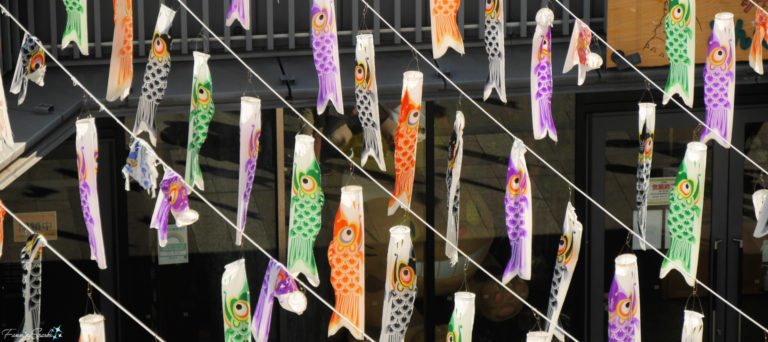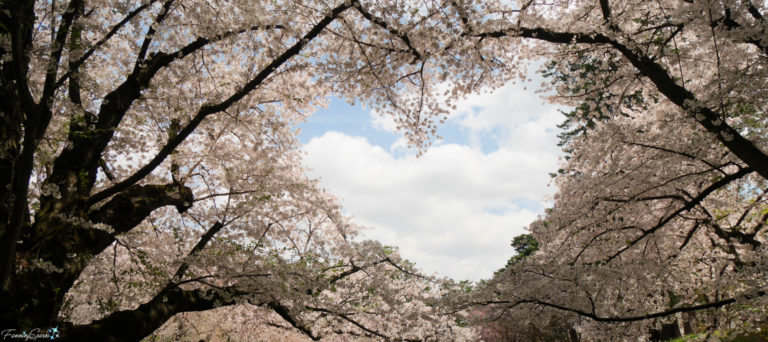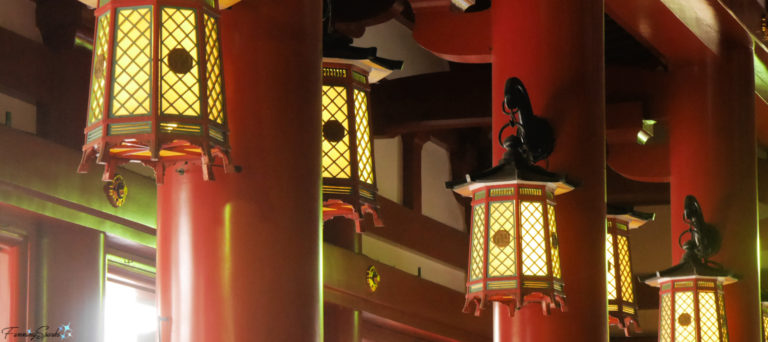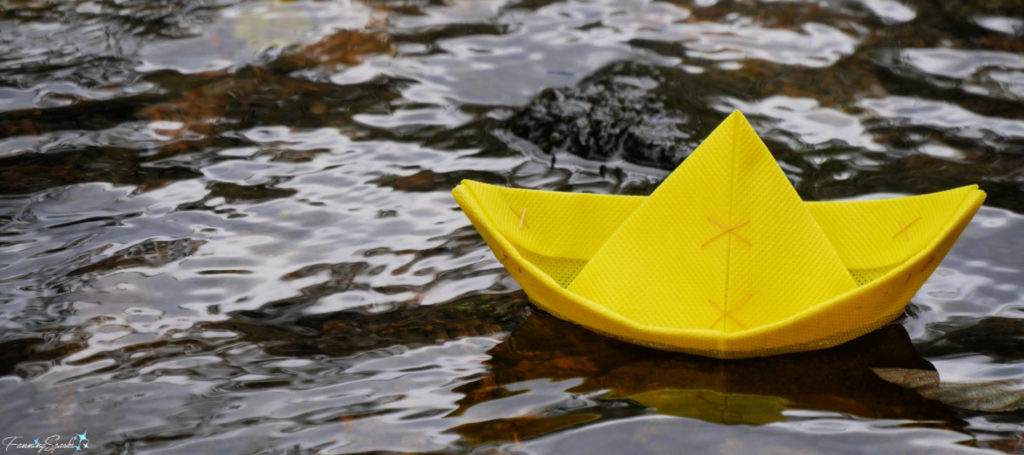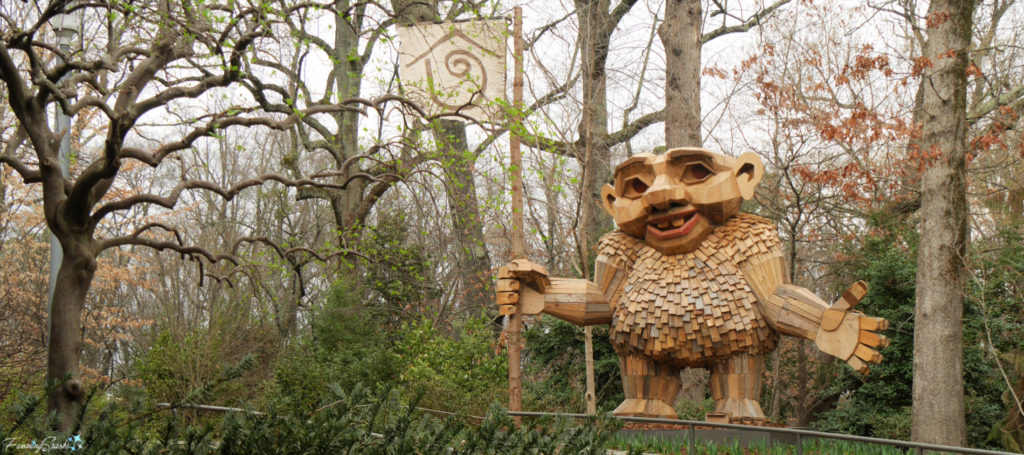On the fifth day of the fifth month, Japan celebrates Children’s Day with a visual feast of koi nobori (carp streamers) flying in the skies. By tradition, individual families hang the colorful streamers and wind socks on a long pole while larger versions are flown by organizations such as Buddhist temples and Shinto shrines.
I never imagined I’d be writing a blog post while riding a bullet train through Japan but that’s exactly what’s happening this morning. I’m typing very quietly, in deference to the posted instructions to “Please be considerate of other passengers while using your computer (keyboard noise, etc)”. Outside the train’s window, the gorgeous countryside whizzes by as we race down the tracks at 260 km/hr (160 mph).
The cherry blossom magic continues here in Japan. At this point, I suppose we’ve seen millions of them but every single one is worth admiring. And, judging from the number of pictures I’ve taken, apparently a large percentage of those millions are worth photographing!
This is my second mini-blog post, created while visiting Japan, to serve as a series of postcards for my readers.
Greetings from the Land of the Rising Sun! I’ve been in Japan for several days and will be exploring this amazing country for three weeks. During this time, I’ll be sharing a series of carefully curated daily photos with minimal context. These mini-blog posts will be like a series of postcards for my readers.
It’s been smooth sailing in FanningSparks’ world for the last five years. But, suddenly, we hit rough waters!
More accurately, cybercriminals hacked the website. Then I discovered the company who created the website theme (the formatting and presentation layer) is no longer in business; the blog content is taking up too much space and needs to be optimized; and the hosting company suspended the account.
Visitors who tried to access www.FanningSparks.com last week might have seen a blank screen with a “suspended page” and a ”Contact Support” message. It was a very real reminder of the many years I spent working in IT. Yep… we ran aground!
A gang of trolls has taken over the Atlanta Botanical Garden! Not to worry—they’re not the disagreeable internet kind of troll, they’re the utterly charming, super-size, wooden sculpture kind of troll. The gang, known as Save the Humans, wants to call attention to important messages of sustainability.
Ronja Redeye, the Save the Humans gang leader, believes when it comes to the environment “humans are a bit slow and don’t understand … how their actions have consequences”. She is leading the charge to educate humans on how they can do better. Ronja Redeye greets visitors to the Garden.

